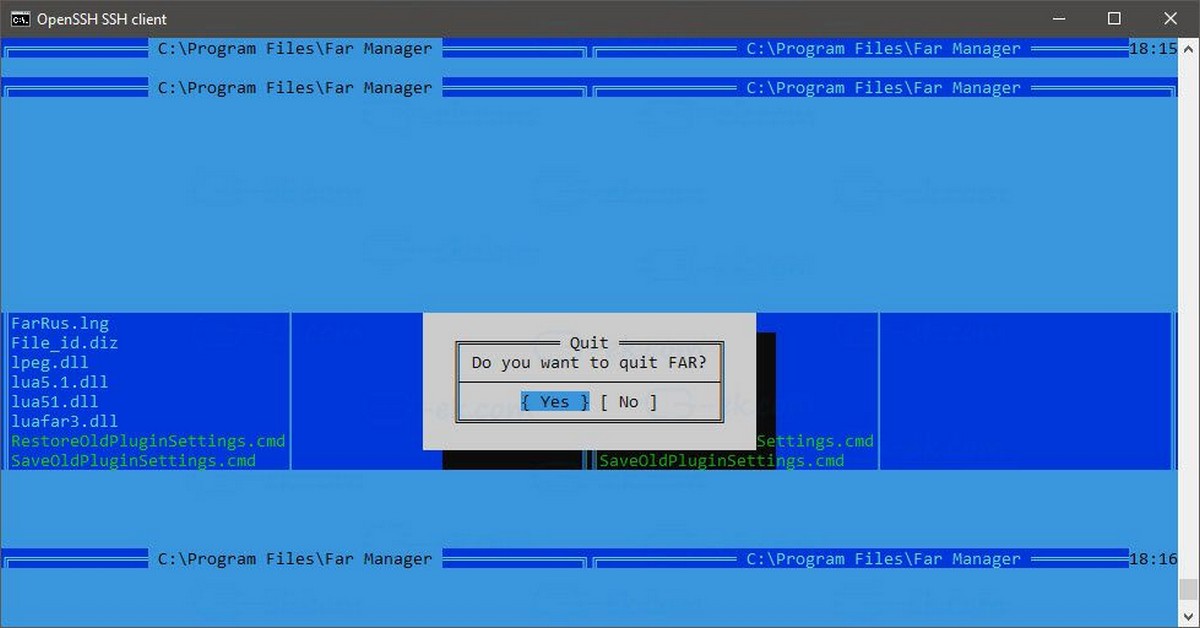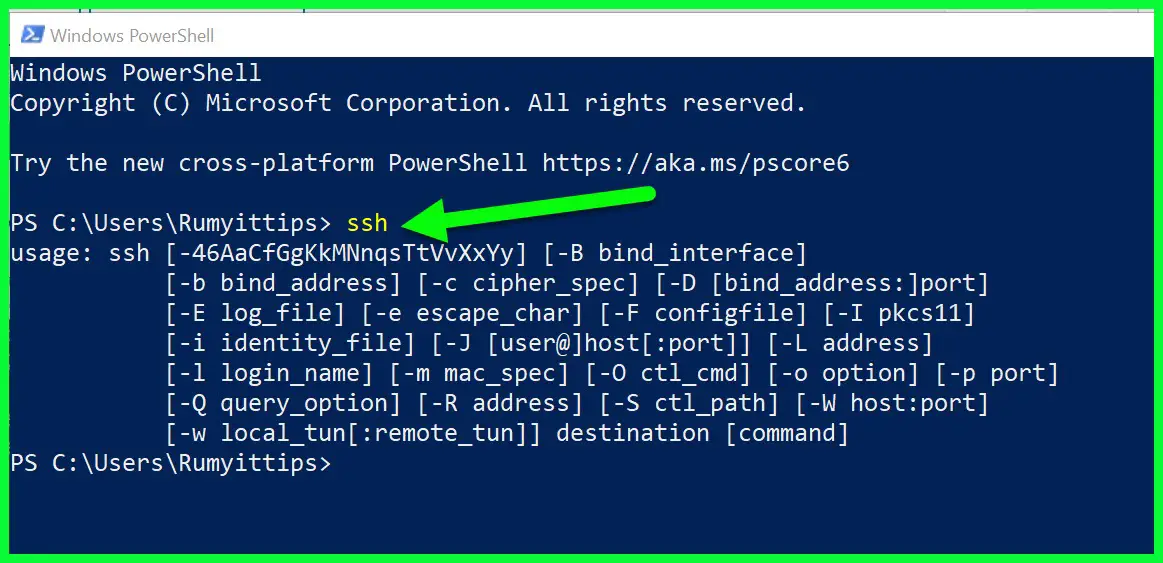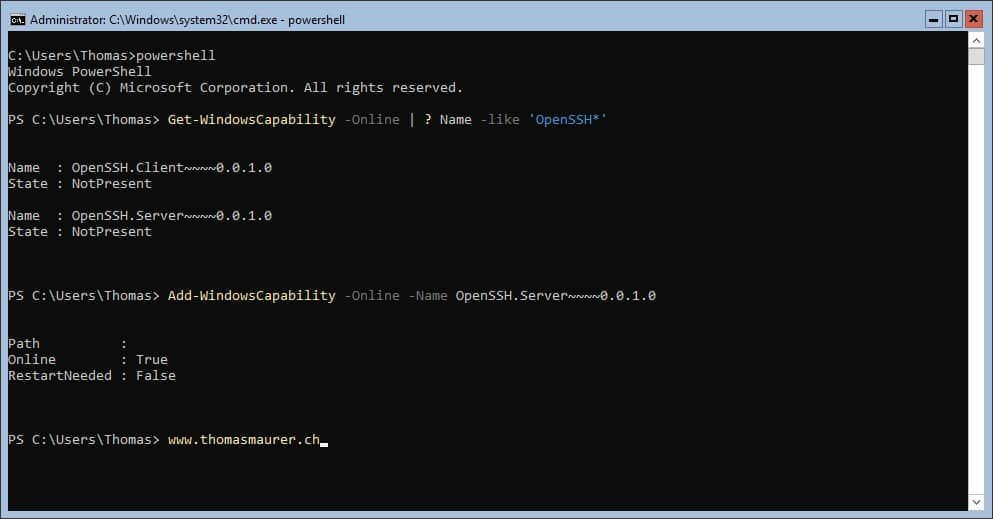
#WINDOWS 10 OPENSSH SERVER WINDOWS#
Logging Windows with SSH Key Under Administrative User If you were not able to connect to your SSH server using your private key and you are still prompted to enter a password, it is likely that the user account you are trying to connect to is a member of the local Windows administrators group (the group SID is S-1-5-32-544). If the SSH connection with the private key is successful, the following event will appear in the OpenSSH log: EventID 4 You can check the SSH key-based authentication logs in the Windows Event Viewer (Application and Services Logs -> OpenSSH -> Operational). The authenticity of host '192.168.1.15 (192.168.1.15)' can't be established.Īre you sure you want to continue connecting (yes/no/)? yesĮTW logging is used in Windows OpenSSH to store SSH logs instead of plain text files. When connecting for the first time, you need to add the fingerprint of the SSH server key to the trusted list. To connect SSH host using a user account from an Active Directory domain, use the following format: ssh -i.If you do not want to use the ssh-agent service to manage SSH keys, you can specify the path to the private key file to be used for the SSH authentication: ssh -i "C:\Users\youuser\.ssh\id_ed25519".SSH Agent service will automatically try to use your private key to authenticate on a remote host. Ssh means that you want to connect to a remote SSH server with the IP address 192.168.1.15 under the user1 account. To connect to a remote host using a native SSH client, use the following command:
#WINDOWS 10 OPENSSH SERVER PASSWORD#
If you have not set a password (passphrase) for the private key, you will automatically connect to your remote Windows host. Now you can connect to your Windows SSH server without a password. Uncomment the line #StrictModes yes and change it to StrictModes no By default, this mode is enabled and prevents SSH key-based authentication if private and public keys are not properly protected. Notepad C:\ProgramData\ssh\sshd_config PubkeyAuthentication yesĪlso, you will have to disable the StrictModes option in the sshd_config configuration file.

Open the sshd_config file with notepad and uncomment the line: In this example, the PubkeyAuthentication line is commented out, which means that this authentication method is disabled.

Generating public/private ed25519 key pair.Įnter file in which to save the key (C:\Users\myuser/.ssh/id_ed25519):Įnter passphrase (empty for no passphrase): I did not enter a passphrase (not recommended). If you specify the password, you will have to enter it each time you use this key for SSH authentication. You will be prompted to provide a password to protect the private key. Currently, it is recommended to use ED25519 instead of RSA keys.


By default, the ssh-keygen tool generates RSA 2048 keys.


 0 kommentar(er)
0 kommentar(er)
